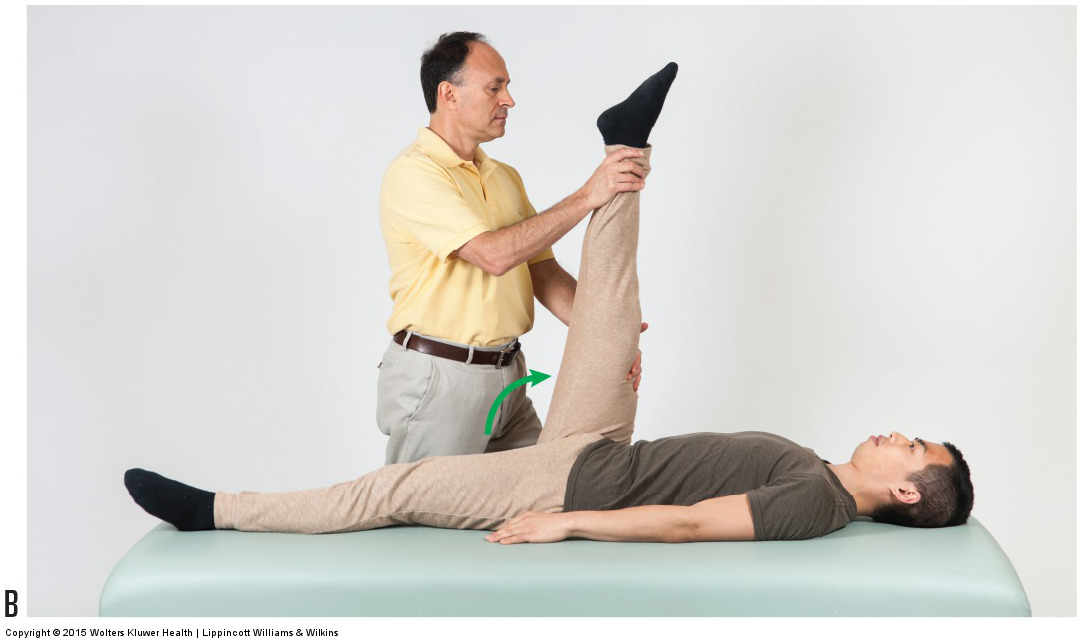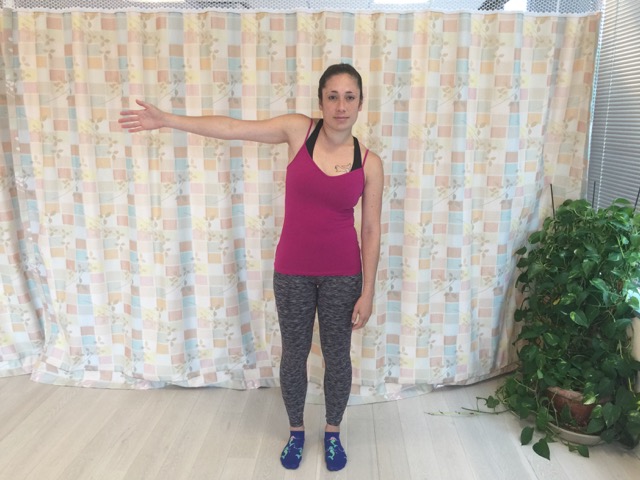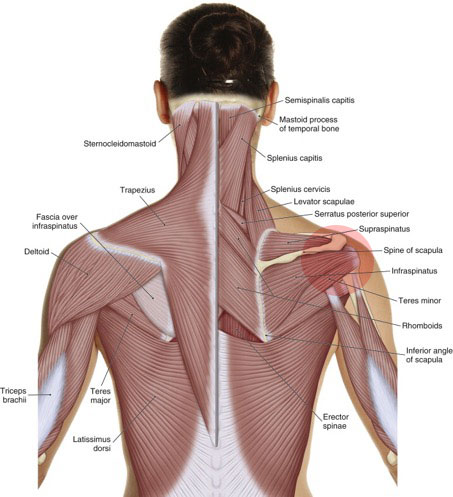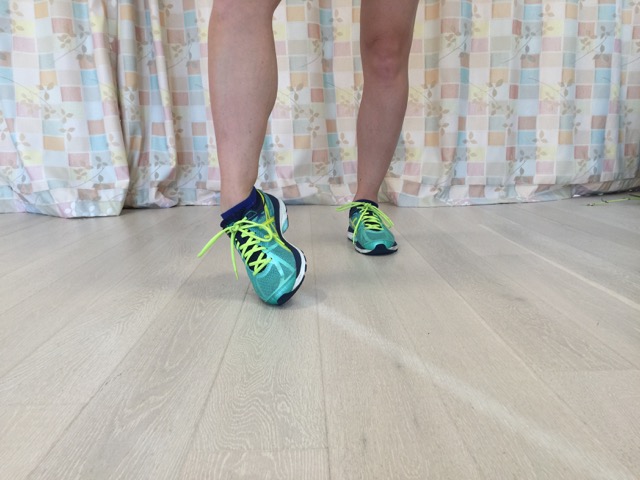Signs and symptoms: Low back strains and sprains present a similar clinical picture. The client/patient will have low back pain and spasming, and these symptoms will increase with motion. Most problematic is flexion (bending over) because this places a tension …
What are the self-care and medical approaches to frozen shoulder?
Self-care for the client/patient: Self-care for the client/patient with frozen shoulder is very important. Recommend stretching at home or work as many times as possible, with a minimum of three times per day. If possible, the stretching should be done …
How do we treat frozen shoulder with manual therapy?
Manual therapy treatment: Frozen shoulder often responds extremely well to manual therapy treatment. Depending on how long it has been present, it might require many months of treatment, but it often fully or nearly fully resolves with regular care; the …
What are the signs and symptoms of and how do we assess (diagnose) frozen shoulder?
Signs and Symptoms: The most common sign of frozen shoulder is decreased range of motion (ROM). Of the six cardinal ranges of glenohumeral (GH) motion, the most commonly affected motions are abduction, flexion, and lateral rotation. It is common for …
What are the causes of frozen shoulder?
Frozen Shoulder – Introduction: Frozen shoulder is a condition in which the glenohumeral (GH) joint loses mobility, in other words becomes frozen, in one or more ranges of motion. There are two stages to frozen shoulder. The first stage involves …
What are the signs and symptoms of and how do we assess (diagnose) ankle sprain?
Signs and symptoms: When an inversion sprain is acute, the typical signs and symptoms are pain and swelling (inflammation) in the lateral ankle near the lateral malleolus. Pain will usually be worst when standing and weight bearing on the injured …





